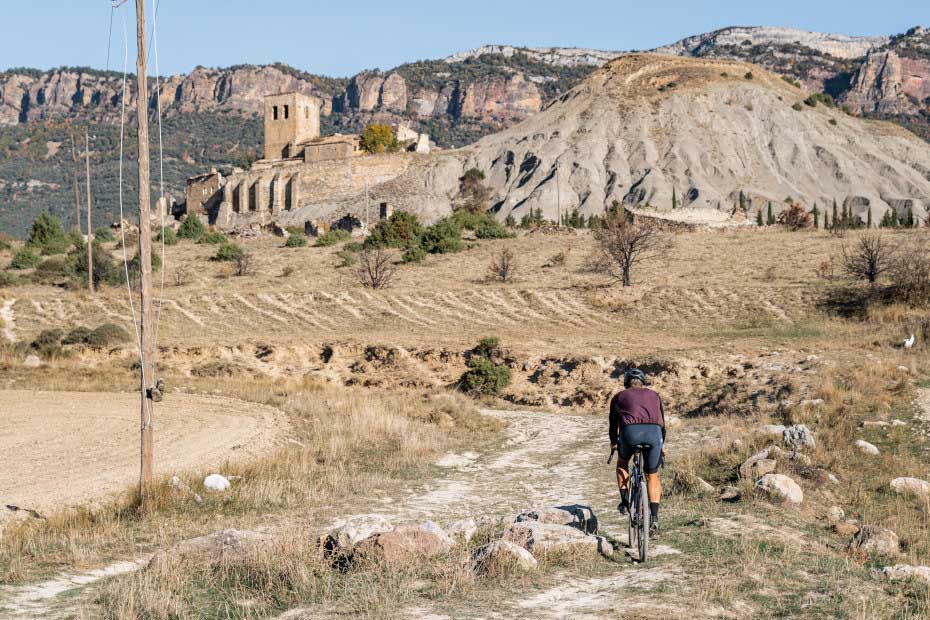Shimano Gravel Alliance rider Ibai Fradejas always dreamt about gravel riding through villages that time forgot. Now’s he’s turned his dreams into reality.
A dream comes true
When the water levels in the Yesa Reservoir drop, a lunar landscape is revealed. Located in the Navarra region of Spain, I have always dreamt about being able to ride the ancient tracks that are exposed at the end of summer each year. This summer, my dream finally came true.
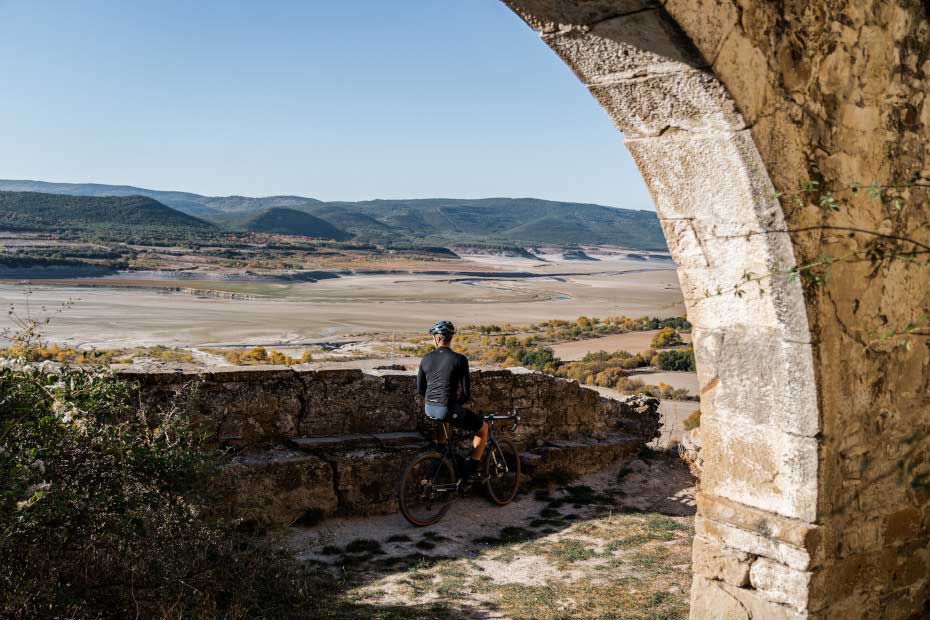
The history of the reservoir is special and goes back to the beginning of the 20th century. The sad façade of the story is that the towns of Escó, Tiermas and Ruesta were emptied during the construction of the reservoir in 1962. The population were re-settled elsewhere and now only their ghosts remain.
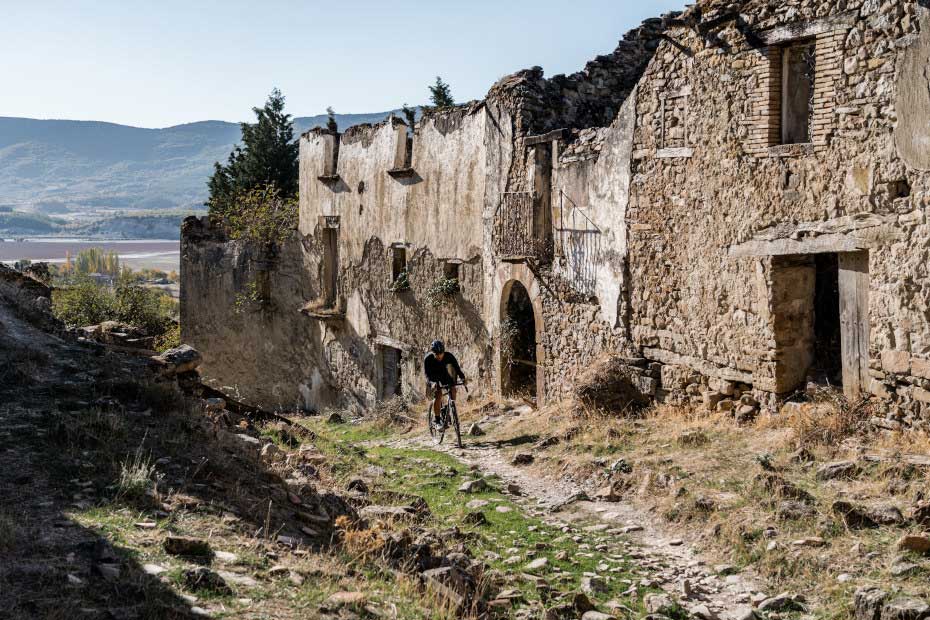
Abandoned settlements have that special charm of the mysterious. Riding through the deserted streets, I couldn’t stop thinking about where the life that once thrived in its corners had gone.
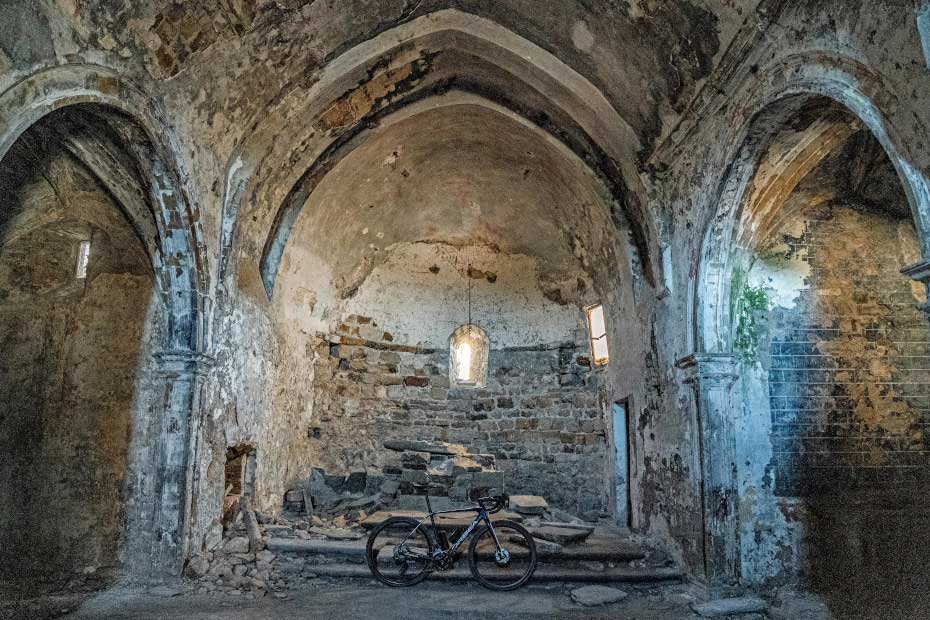
The village of Escó
Its origins date back to the 6th century BC when a wave of Belgian Celts, the Suessetanos, settled in the area. During the Middle Ages it also became an important strategic enclave, complete with its own castle. The village was expropriated during the 1960s for the construction of the Yesa Reservoir and was subsequently abandoned.
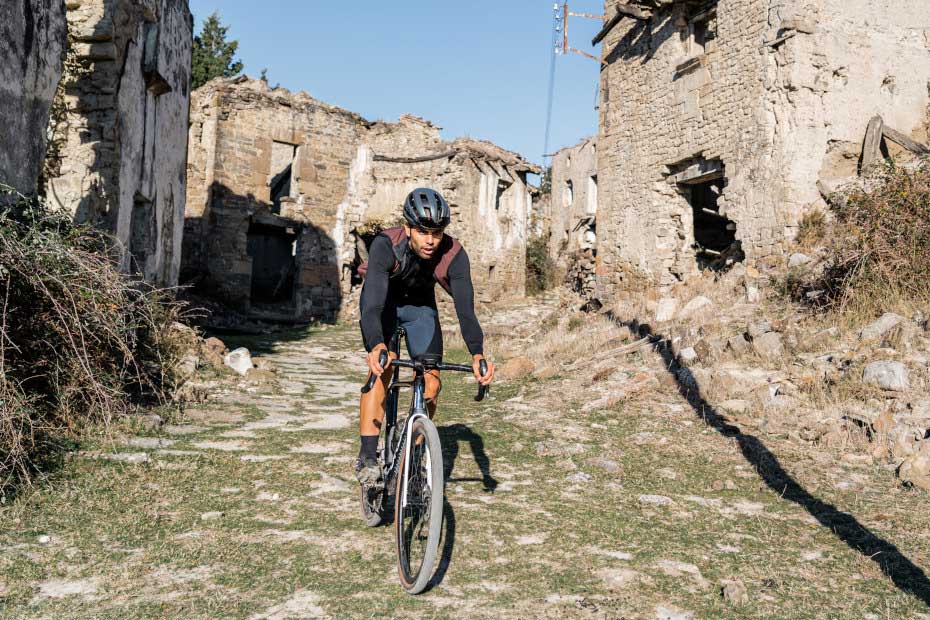
With the filling of the reservoir, the most fertile lands of the municipality were flooded and its inhabitants resettled elsewhere. Although it is part of the Camino de Santiago long distance trail and has been declared a Historic-Artistic Site, only one of its houses is now inhabited, and even then not permanently. Unfortunately, everything else is ruined and abandoned.
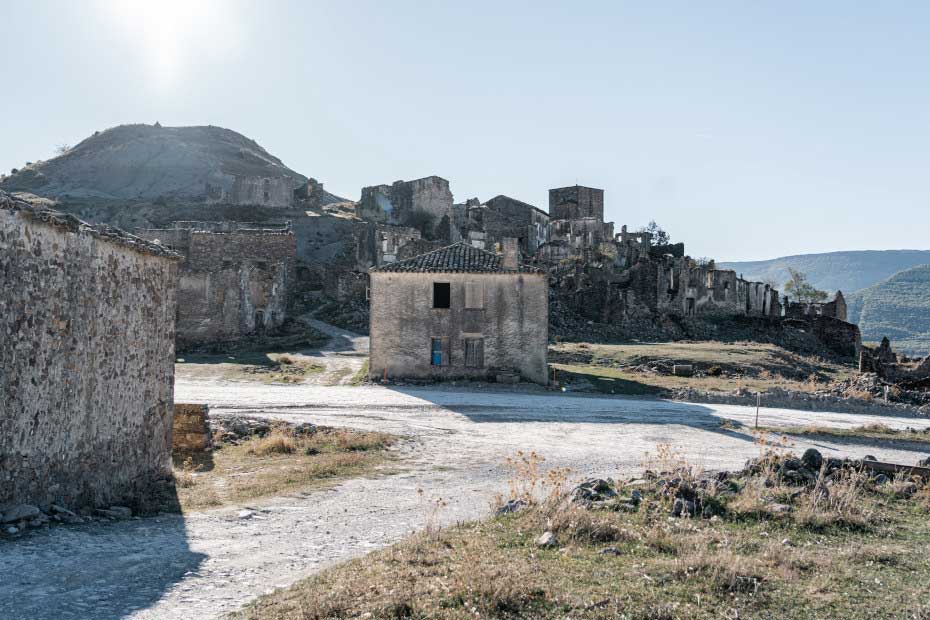
Ruesta - the land that time forgot
Of what was the old town, only the upper part remains, since the lower part has disappeared under the waters. The construction of the reservoir led to evacuation of the entire town, including orchards and farmland. Only two neighbours remained in the town and they stayed until the day of their death.
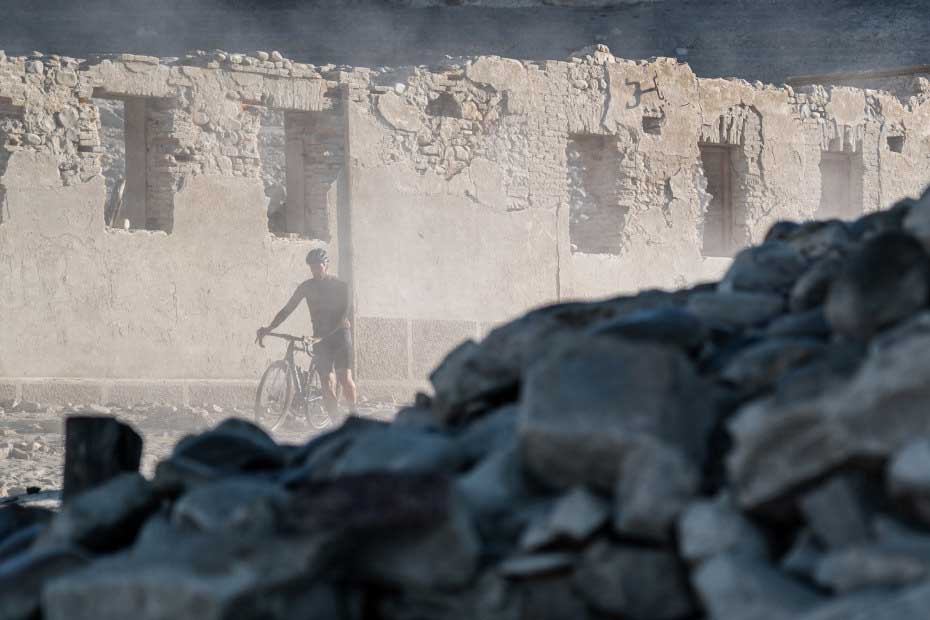
When the water level allows it, generally from September each year, the ruins of the Balneario Viejo de Tiermas (thermal baths) emerge from the bottom of the reservoir and the sulphurous spring that is found there can be accessed again. As the steam from the spring re-appears each year, it recalls the old spirit of the region. The spring was discovered in Roman times and many people return annually to collect the water, which is believed to have healing properties.
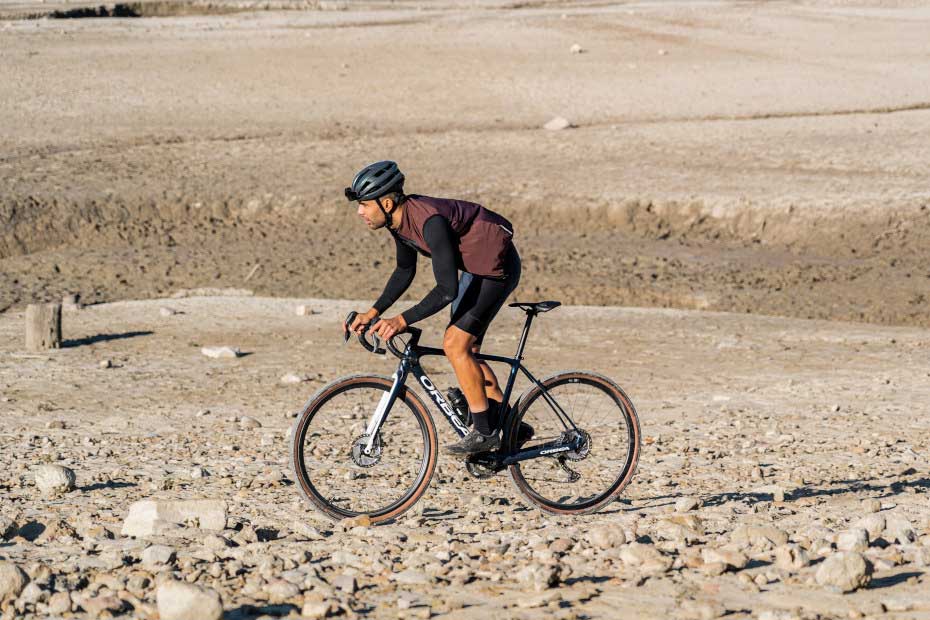
Thinking about the future
In 1996 a project was approved that allowed for further expansion of the reservoir. An additional 2,097 hectares were allocated for flooding, tripling the current size of the reservoir. Many local people believe that as already happened in Escó and Tiermas, the towns were not flooded, but their future was touched and sank. Currently the expansion project is blocked, but the story of the abandoned villages continues.
